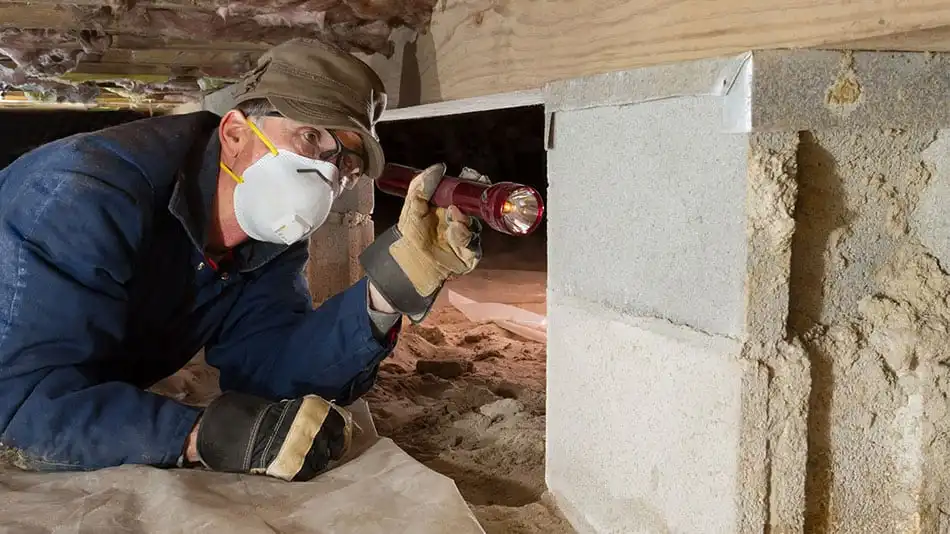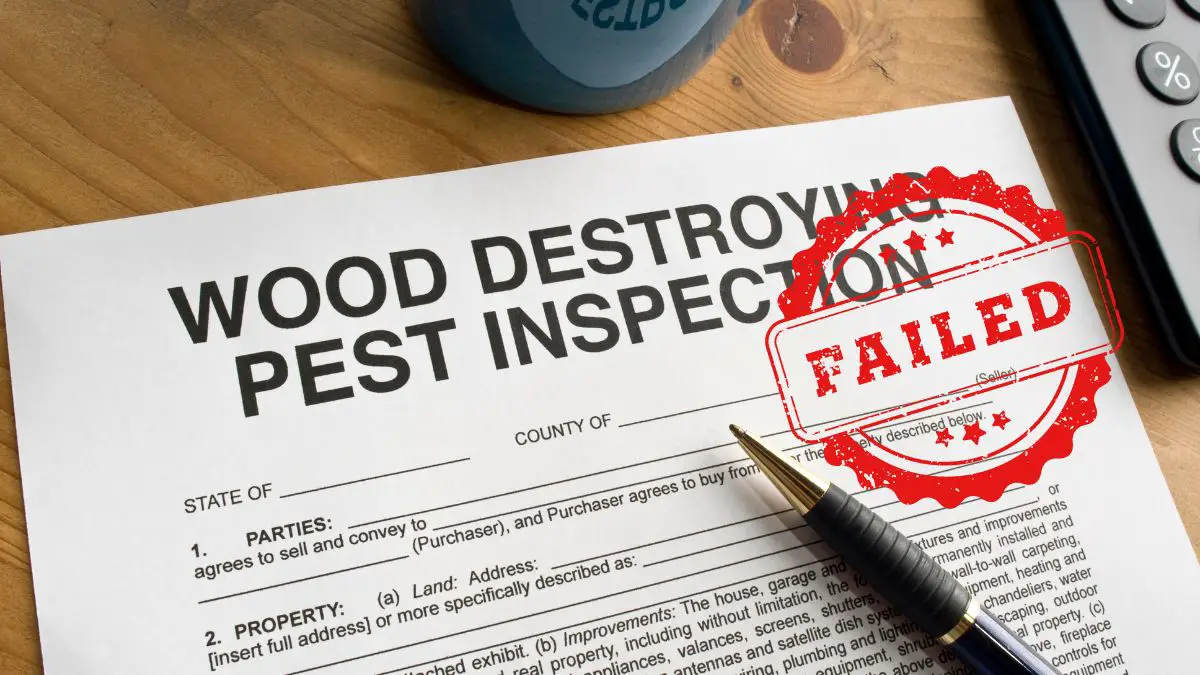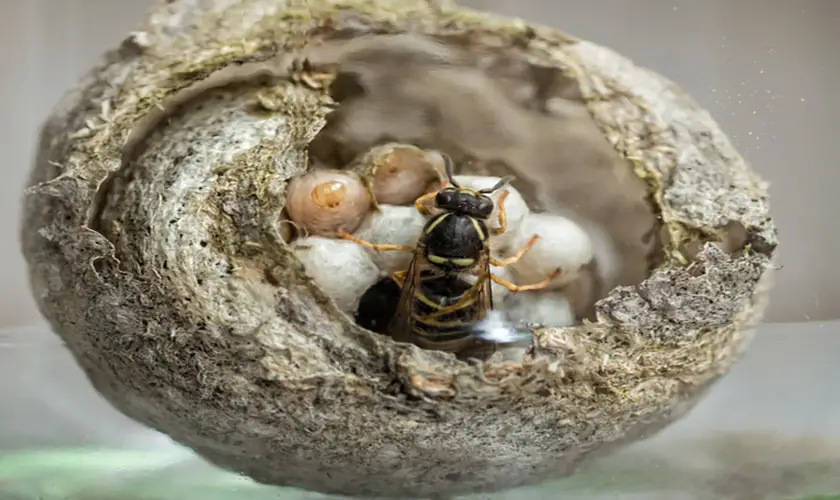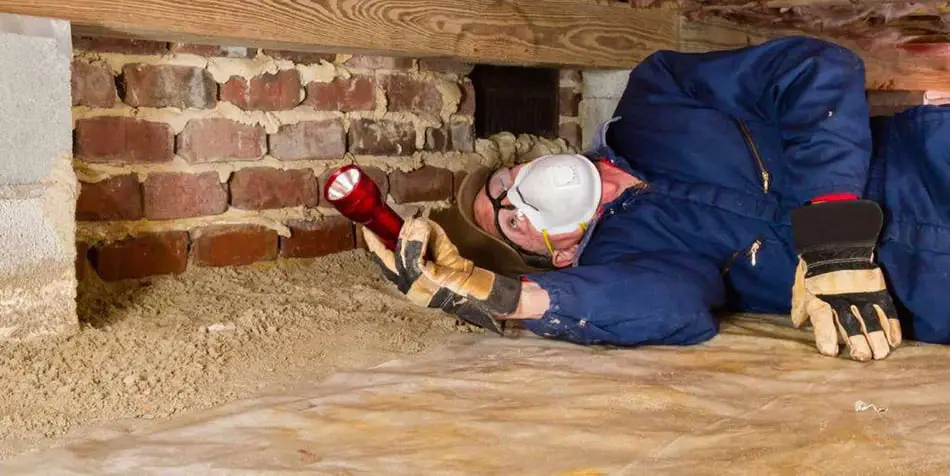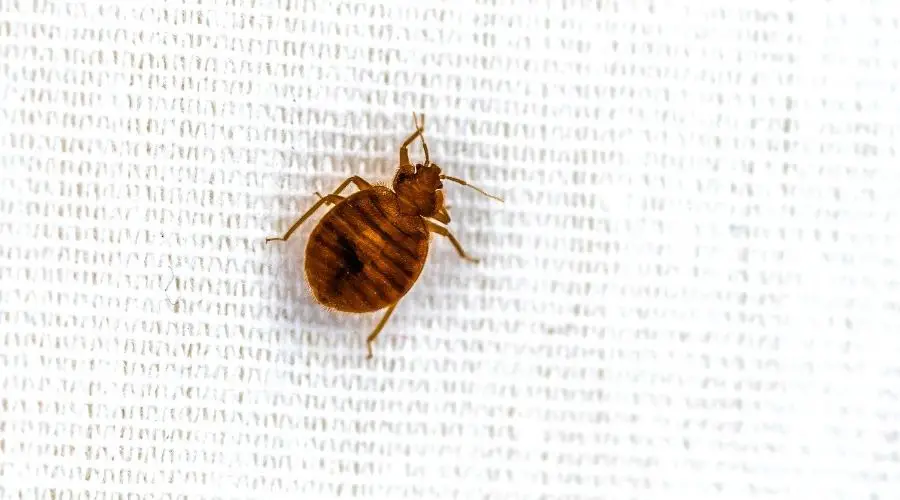
Bed bugs are nasty and persistent pests. They are notoriously difficult to eliminate, but you can reduce how long it takes to get rid of these pests permanently with dedication and determination.
9 ways to get rid of bed bugs as fast as possible:
- Check other rooms.
- Clear junk.
- Wash and dry items on high heat.
- Steam and vacuum room and furniture.
- Inspect items.
- Isolate items.
- Treat with pesticides.
- Remove hiding spots.
- Repeat on sight.
Get FREE quotes from licensed pest control technicians in your area today. Whether you need spraying for ants, roaches, spiders, ticks, mosquitos, or bed bugs, We Can Help! All technicians are screened, licensed, and insured.
Bed bugs feed on human blood at night and are attracted to areas where people sleep. Hence why they are called bed bugs. However, the name can be misleading.
Bed bugs do not only stay on beds. They also hide in cracks and crevasses around the bed in furniture, floors, baseboards, walls, electrical sockets, etc. They prefer dark spaces, so use this knowledge to your advantage.
The steps described below should help you get rid of bed bugs as quickly as possible.
Fastest To Slowest Options For Each Step
As you go through each step, you will have to decide the best option for each item based on how much money you have to spend, how much time you have to devote to labor, and how much time you have to get rid of bed bugs.
- The fastest option would be to throw away items. However, this option is costly, and most things will likely be more easily washed than replaced. Some items hold sentimental value and cannot be replaced.
- The second fastest option would be to wash items. This must be done at high temperatures and is inappropriate for all items.
- The third fastest option would be to inspect each item visually. This is a labor-intensive and tedious task, but you can move it to a clean room by clearing each item of bed bugs.
- The slowest option would be isolating the items. This is less labor-intensive than inspecting each of them, but the articles will need to be isolated for approximately five months.
1. Check The Entire House
If you find bed bugs in one house room, you should carefully examine your entire home. Focus your attention on the rooms where people sleep, then on rooms where they spend a lot of time at night, such as the living room. Bed bugs are drawn to human carbon dioxide emissions, so they probably won’t be in your attic or basement.
Try to find their hiding spots during the day and watch for their activity at night when they come out to feed. Any room in which you find a bed bug will need to be treated according to the following steps.
2. Clear Out The Junk
You can’t throw away everything, but there are certain items that you can toss. Any trash lying around you should put in a plastic bag, seal it, tag it with a notice of bed bugs, and throw it away.
The same should be done with anything you don’t want to keep. Are there any almost finished products in your room, old and broken items, magazines, etc.? Make sure to toss whatever you can.
3. Wash & Dry Everything You Can Wash On High Heat
Bedclothes & Other Soft, Machine-Washable Items
Carefully remove all of your bedclothes and all soft, machine-washable items in the room so that any bugs hiding in the folds of these items stay on them and are not scattered onto the surrounding surfaces. Soft items include stuffed toys, pillows, cushions, throws, clothes, cloth bags, rugs, towels, etc. Place these items into plastic bags and seal them. Put each sealed bag into a second bag for extra security and containment.
If any of these items are old, broken, frayed, or stained, throw them out (in a double, sealed, and tagged bag) instead of washing them. Barring these exceptions, throwing out bedclothes and soft items is expensive and not recommended because they are easier to clean than replace.
For the bedclothes and soft items, you decide to keep, carry them straight to the washer in double-layered bags. Take them out of the bags and throw the plastic bags away immediately.
Wash your bedclothes and other soft items in hot water, as hot as you can get it and as hot as the items can stand. Put them into a hot dryer from the washer for at least thirty minutes. Remember to empty the washer and dryer filters when you are done.
Non-Machine-Washable Items
Fill a bathtub, basin, sink, or bucket with boiling water. Place non-machine-washable items into the boiling water. These items include sneakers, ornaments, toys, decor (use your discretion on what can handle hot water), storage containers, etc. Leave them in the water as long as the temperature remains high.
According to Dr. Dini M Miller of the Etymology Department at Virginia Tech, bed bugs will die within 20 minutes when exposed to temperatures of 118°F. This temperature is well below the boiling point of water, so the water should remain sufficiently hot for 20 minutes. If you have cooler weather, you can monitor the temperature. You can add more boiling water if it drops too low in the 20-minute window.
Anything that can handle high heat but not water can be blow-dried with a hairdryer for 20-30 minutes. Ensure you use the highest setting and that your hairdryer can reach the required temperatures.
This washing can take time, but don’t cut corners because it will cost you in the long run. The greater your degree of thoroughness now, the more bedbugs you will kill the first time. Bed bugs are hardy, so the odds are you will have to repeat, but less intensively, if you kill most of the bed bugs now.
4. Vacuum & Steam Clean Your Room & Furniture
If you had been planning to get a new mattress or throw out old furniture, you can dispose of these items after tagging and bagging them. However, remember that anything new you bring into your house can become infested if you bring it in too early in the treatment process.
Using your vacuum cleaner’s hose attachment, vacuum your mattress, box spring or bed frame, headboard, bedside tables, baseboards, electrical outlets (do this with care), and any noticeable cracks in the walls and floor nearest your bed—vacuum over each area in different directions.
You will then need to vacuum the whole room and all the rest of the furniture. Make sure that you are methodical and exhaustive in this endeavor. Don’t forget places like inside your closet, chest of drawers, and the areas above your curtain pelmet.
Once you have completed this vacuuming, empty the contents into a plastic bag, tightly seal it and throw it away. Wash your vacuum cleaner thoroughly to ensure no bed bugs remain in there. If your vacuum cleaner has a bag, seal the whole bag into a plastic bag and discard it immediately.
Steam clean any of your furniture that can handle it and your mattress, box spring, and carpet. Ensure that you go over all sides of the mattress and box spring. You can leave these steam-cleaned items for a few hours and then go over them again. It would be best to steam clean at a high temperature of about 160-180°F.
5. Individually Inspect Anything That Cannot Be Washed
As mentioned previously, individually inspecting items is a tedious and labor-intensive task. However, items such as electronic equipment and things you use daily, like certain books, cannot be washed or isolated for several months.
These items must be carefully inspected to ensure no bed bugs. Use a light and a magnifying glass to help you with this task. You may even be able to vacuum certain items without damaging them. It might also be helpful to check these items two or three times to ensure they are bug-free.
Once you clear an item, move it to a room you know is free of bed bugs, and don’t put it back in the room for several months.
6. Treat The Room With Pesticides
When selecting a pesticide to use, you have to make sure it is legal for use in your state and that it is legal for you to use in the home. Typically, the pesticides you buy from your local pest control store will be acceptable, but if you are online, you will need to make sure what you purchase is appropriate for household use in your area.
In your selection process, you must consider whether pesticides will kill the bed bugs immediately. You don’t want to chase the bugs out of one room and into another. Most pesticides are kill-on-contact, so make sure you apply them directly to the areas where you think bed bugs are hiding, including your mattress and box spring.
Some bed bugs are resistant to pyrethroids and pyrethrins but don’t despair. The EPA has more than 300 registered pesticides for use against bed bugs! These are grouped into seven categories:
- Pyrethrins
- Pyrethroids
- Desiccants
- Biochemicals
- Pyrroles
- Neonicotinoids
- Insect growth regulators
7. Isolate Your Bed, Furniture, & Items That Cannot Be Washed
Furniture and items that cannot be washed in a washer or bucket must be isolated. This isolation serves two purposes. The first is that it prevents bed bugs from moving onto or into these items. The second is that it prevents bed bugs from moving off these items and spreading around the room and house.
The most crucial piece of furniture you need to isolate is your bed. Your blood is keeping these bugs alive, so by isolating your bed, you cut them off from their food supply, and they will die off eventually.
Get The Bed Away From The Walls
To isolate your bed, you need to drag it away from the walls and any other furniture that may have been touching it, such as a bedside table or headboard. Place the mattress and box spring into specially designed bed bug proof isolation cases (leave these on for a year). Don’t let your bedclothes touch the floor or walls either.
Isolation Cups
Put isolation cups under the bed feet and on the feet of chairs and tables in each affected room. These cups are either mechanically designed so that bed bugs cannot climb out again once they have fallen in, or they contain pesticides that kill the bed bugs on contact.
You can purchase these, or you can make your own at home. By making them at home with regular plastic bowls and a pesticide such as diatomaceous earth, you can customize them to suit each piece of furniture.
Any non-furniture items in the room that cannot be washed and which you do not need immediately or daily should be isolated. Put these items into plastic bags and seal them. Leave them for approximately five months before unsealing the bags again.
An adult bed bug can survive 20-400 days without food! They survive longer in lower temperatures, so don’t tuck these bags away in your basement. Some people suggest putting these bags out in the sun to speed up the death rate.
8. Remove Bed Bug Hiding Spots
Bed bugs are not attracted to dirt. However, clutter and disrepair can provide ideal hiding spots for these insects.
Avoid keeping clutter in the room you are trying to rid of bed bugs. Don’t keep anything under the bed, and don’t leave things on the floor like shoes, clothes, bags, or containers. For some, this will be easy; for others, it might take a lot of effort.
Ensure your baseboard is nailed down properly and there are no cracks. You can even seal these up with caulk or a similar alternative. Use wood putty to fill and seal any cracks or holes in the floorboards (if you have hardwood flooring) and furniture. If you have tiles, ensure no gaps in the grout. If you have holes in your walls, fill them will plaster. Don’t forget the ceiling, either.
If you have loose electrical outlet frames or light fixtures, tighten them up. It would be best if you also sealed holes or cracks around these outlets and fixtures. You can buy baby-proof electrical outlet covers that will seal up the actual prong holes of unused outlets.
If you have wallpaper, glue down any section that has come up. If you have old wallpaper that is not in good condition, you can use this opportunity to strip it and replace it with new paper. Alternatively, you can forgo a new wallpaper, which can peel and provide hiding spots if you ever have bed bugs again, and you can paint your wall instead.
9. Repeat On Sight Of Another Living Bed Bug
As mentioned previously, bed bugs can live without food for months. With your isolation cups, mattress, and box spring protectors, the bed bugs should not be able to get to you while you sleep (provided your bed is fully isolated).
If other people in your home have not treated their rooms, the bed bugs will move into this new room to find a host, spreading the infestation. Therefore, it is probably a smart move to isolate all beds in the house, even if you don’t find bed bugs initially.
If you fully isolate yourself from the bed bugs, they should begin dying. Do a monthly check and treatment on any known bed bug hiding places. If you still find many bed bugs during these monthly checks, or if you find a living bed bug after several months, you should repeat the whole process.
Conclusion
If you notice little red dots on your skin in the morning, it’s time to check for bed bugs. If you discover bed bugs, it can be quite upsetting. Not only are there insects feeding on your blood while you sleep, but bed bugs have a bad reputation because of how quickly they spread, so people can feel ashamed when they have an infestation. But you shouldn’t feel embarrassed. Bed bugs are a relatively common problem.
The steps in this article seem daunting, but the key is to be more persistent than the bed bugs are. If you can afford to take some time off from work, do so. You will need to put in a lot of effort, but the control methods are not complicated, and you can succeed. And don’t forget, you can always hire a professional.
Get FREE quotes from licensed pest control technicians in your area today. Whether you need spraying for ants, roaches, spiders, ticks, mosquitos, or bed bugs, We Can Help! All technicians are screened, licensed, and insured.


